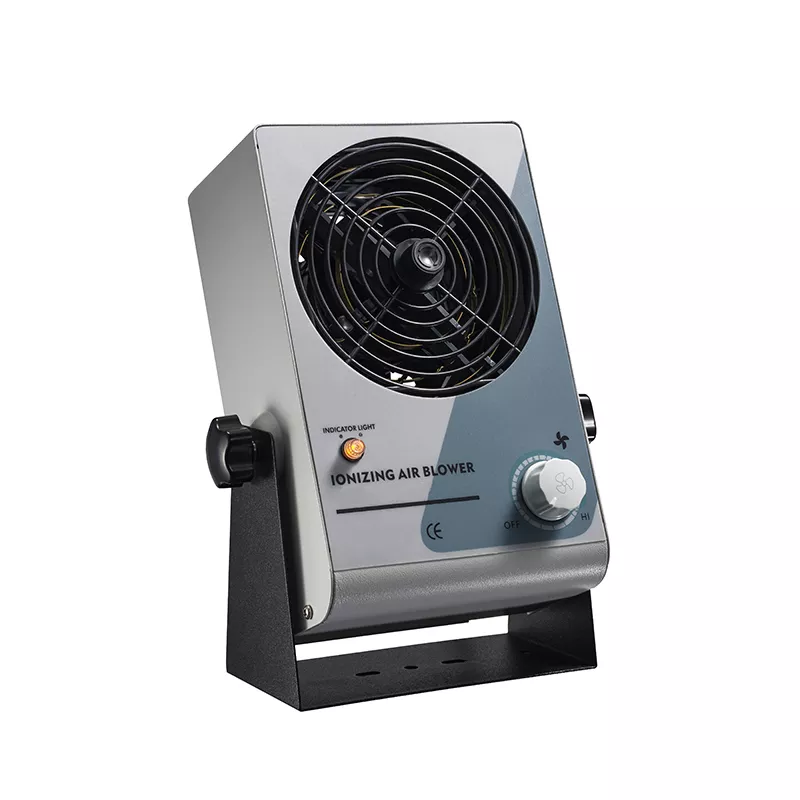Cleanrooms play a vital role in industries that require stringent contamination control, such as pharmaceuticals, electronics, and healthcare. To ensure optimal cleanliness and air quality, Fan Filter Units (FFUs) are extensively used. These units are essential in maintaining cleanrooms by effectively filtering and circulating air to remove contaminants. In this article, we will explore the significance of FFUs in cleanroom maintenance, their role in contamination control, and strategies to maximize their effectiveness in preserving cleanroom integrity.

The Significance of Fan Filter Units For Cleanroom Maintenance:
Cleanrooms demand exceptional air quality to prevent the presence of particles, microorganisms, and other contaminants. FFUs play a critical role in cleanroom maintenance by providing high-performance air filtration and uniform air distribution. These units remove airborne particles, maintain the required air change rates, and contribute to the overall cleanliness and integrity of the controlled environment.
Contamination Control in Cleanrooms:
- Particulate Contamination: FFUs are designed to filter and remove airborne particles, including dust, pollen, and microorganisms. They effectively prevent particulate contamination, ensuring the cleanliness required for sensitive manufacturing processes and research activities.
- Microbial Control: Cleanrooms must maintain a sterile environment, particularly in pharmaceutical and healthcare settings. FFUs equipped with HEPA (High-Efficiency Particulate Air) or ULPA (Ultra-Low Penetration Air) filters effectively capture and remove bacteria, viruses, and other microorganisms, minimizing the risk of microbial contamination.
- Cross-Contamination Prevention: FFUs aid in maintaining controlled pressure differentials, preventing the migration of contaminants between different cleanroom zones. By regulating airflows and creating positive or negative pressure areas, FFUs contribute to effective cross-contamination prevention.
Strategies for Maximizing FFU Effectiveness in Cleanrooms:
- Proper FFU Sizing: Selecting the appropriate FFU size based on the cleanroom’s dimensions and airflow requirements is crucial. Adequate sizing ensures sufficient air changes per hour (ACH) and optimal air circulation throughout the space, maintaining desired cleanliness levels.
- Filter Maintenance and Replacement: Regular maintenance of FFU filters is vital to sustain optimal air filtration performance. Timely filter replacements and periodic cleaning prevent clogging, pressure drop, and compromised air quality. Adhering to manufacturer guidelines and maintenance schedules is essential for effective contamination control.
- Proper Placement and Airflow Management: Strategic placement of FFUs ensures uniform air distribution and minimizes dead spots or areas with stagnant air. Consider the cleanroom layout, process requirements, and airflow patterns when positioning FFUs to achieve optimal contamination control.
- Monitoring and Control Systems: Implementing real-time monitoring and control systems helps ensure continuous air quality monitoring, pressure differentials, and FFU performance. This enables prompt detection of deviations, allowing for immediate corrective actions to maintain cleanroom integrity.
- Regular Cleanroom Audits: Conduct routine audits and assessments of cleanrooms to identify potential sources of contamination and areas for improvement. Regular inspections, environmental monitoring, and particle counting aid in maintaining the cleanliness and performance of cleanrooms.
Fan Filter Units (FFUs) play a crucial role in maintaining cleanrooms by effectively filtering and circulating air to control contamination. Their ability to remove particulate and microbial contaminants contributes to optimal air quality and integrity of the controlled environment. By implementing proper FFU sizing, regular filter maintenance, strategic placement, monitoring systems, and periodic audits, cleanroom operators can ensure effective contamination control and preserve the required cleanliness standards.
continue reading




